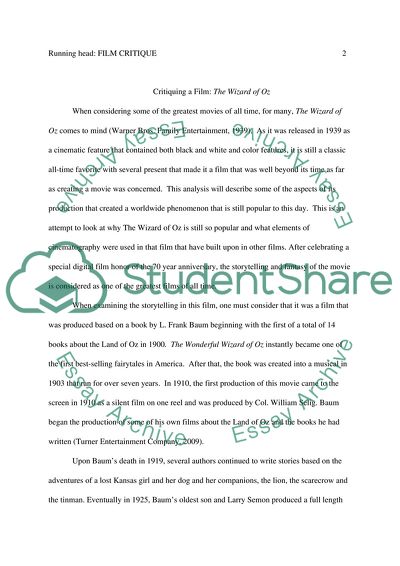Cite this document
(Critiquing a Film: The Wizard of Oz Movie Review, n.d.)
Critiquing a Film: The Wizard of Oz Movie Review. https://studentshare.org/visual-arts-film-studies/1782365-critiquing-a-film
Critiquing a Film: The Wizard of Oz Movie Review. https://studentshare.org/visual-arts-film-studies/1782365-critiquing-a-film
(Critiquing a Film: The Wizard of Oz Movie Review)
Critiquing a Film: The Wizard of Oz Movie Review. https://studentshare.org/visual-arts-film-studies/1782365-critiquing-a-film.
Critiquing a Film: The Wizard of Oz Movie Review. https://studentshare.org/visual-arts-film-studies/1782365-critiquing-a-film.
“Critiquing a Film: The Wizard of Oz Movie Review”. https://studentshare.org/visual-arts-film-studies/1782365-critiquing-a-film.


